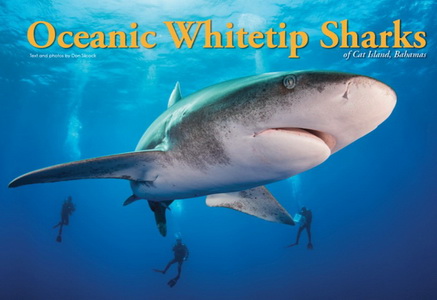The Oceanic Whitetip Sharks of Cat Island… It seems almost unbelievable that as recently as the mid-1960’s Carcharhinus longimanus, the Oceanic Whitetip shark, was widely considered to be one of the most abundant large animals in the world.
And just over 50 years later, these sharks are on the IUCN Red List as “Vulnerable” globally. And “Critically Endangered” in the north and central western areas of the Atlantic Ocean.
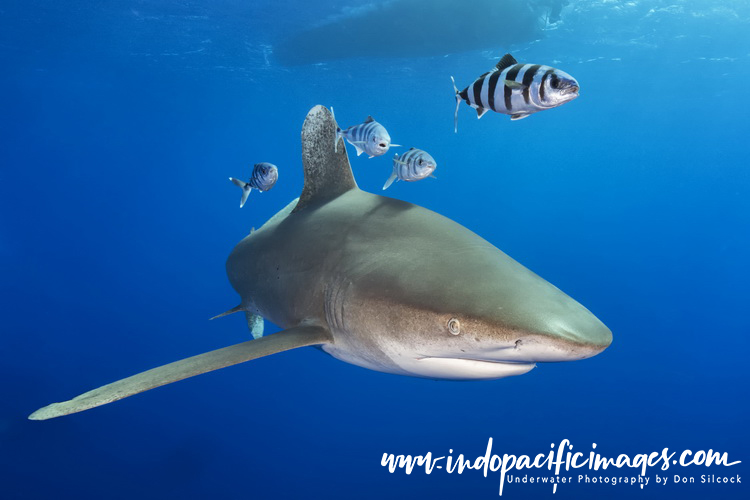
All because a diminutive, but incredibly resilient, former PLA general managed to seize control of the Middle Kingdom. And then implemented the economic reforms that have lifted hundreds of millions of Chinese out of abject poverty.
Which in turn has created a burgeoning middle class, currently estimated at around 100m people. But growing rapidly and with the majority looking for ways to show off their new wealth.
One of which is the thick, fibrous and expensive concoction called shark-fin soup.
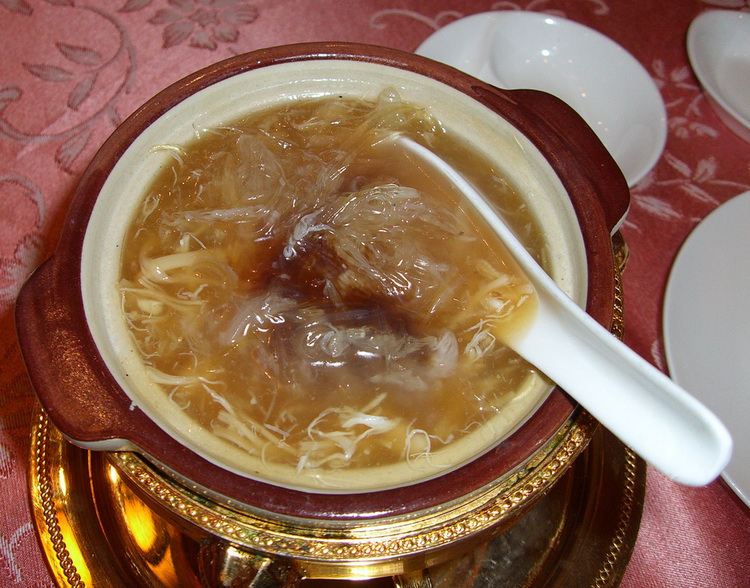
Oceanic Whitetip Sharks of Cat Island – China

While there is much to admire about Deng Xiaoping and the incredible economic growth he enabled. The most visibly obvious dark side of letting the Chinese entrepreneurial genie out of its bottle is the rampant corruption and terrible pollution the country is suffering from.
Less obvious though is the appalling impact that the conspicuous consumption of the Chinese middle class is having on the world’s oceans.
In so many ways the Oceanic Whitetip personifies this hidden impact. An open-water pelagic animal, near the top of the marine food-chain. Oceanics have evolved superbly to wander the upper water column of the world’s oceans.
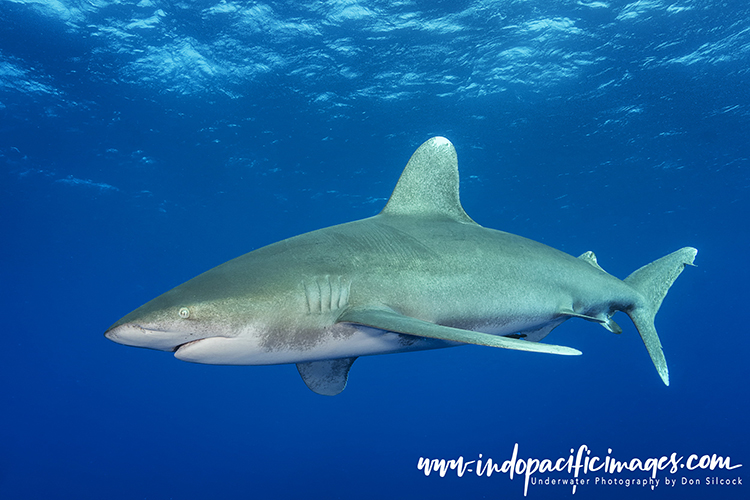
Found in all tropical and sub-tropical waters across the Atlantic, Pacific and Indian Oceans. But rarely seen in coastal waters, Oceanics roamed free in a never-ending search for food. And, with few predators and limited industrial-scale fishing, the sheer bounty of the oceans allowed it to become such a populous species.
But as the market for shark fins expanded almost exponentially in China. So did the demand for large, open-ocean fish such as tuna, mackerel, mahi-mahi and swordfish. Leading to the development of the deadly fishing methodology referred to as “long-line”.
Oceanic Whitetip Sharks of Cat Island – Long-Lining
Despite the rather innocuous sounding name, long-lining is designed to catch those apex open-ocean fish. And it does so with devastating efficiency. Using a thick main line that is laid out and suspended from buoys every 100m or so.
Connected to those main lines are many shorter lines that have baited hooks attached to them. And a single long-line can be up to 50km long with over 12,000 baited hooks!

While the ethics of long-line fishing can be debated. With proponents arguing it is simply meeting a demand for the highly prized open-ocean fish… What cannot be defended is the devastating “by-catch” that it produces.
Yet another innocent sounding term. By-catch refers to the creatures that are not the object of the overall mission and are simply caught by accident.
 Seabirds for example are especially vulnerable to long-lining because they are attracted to the scent of bait in the water.
Seabirds for example are especially vulnerable to long-lining because they are attracted to the scent of bait in the water.
Which they follow only to become yet another victim on the “line of death”.
The exact number of seabirds lost to by-catching is impossible to measure accurately.
But credible scientific estimates put the number killed each year at between 150,000 and 300,000!
Oceanic Whitetip Sharks of Cat Island – By-Catch
Oceanics spend the vast majority of their time roaming in what scientists call the “surface mixed layer” of the water column. Which, in layman’s terms, means from the surface down to about 150m.
This is basically their domain and where they are the apex predator. Traveling slowly but efficiently over great distances with their large, almost winglike, pectoral fins. longimanus is roughly translated as “long hands” in reference to those fins.
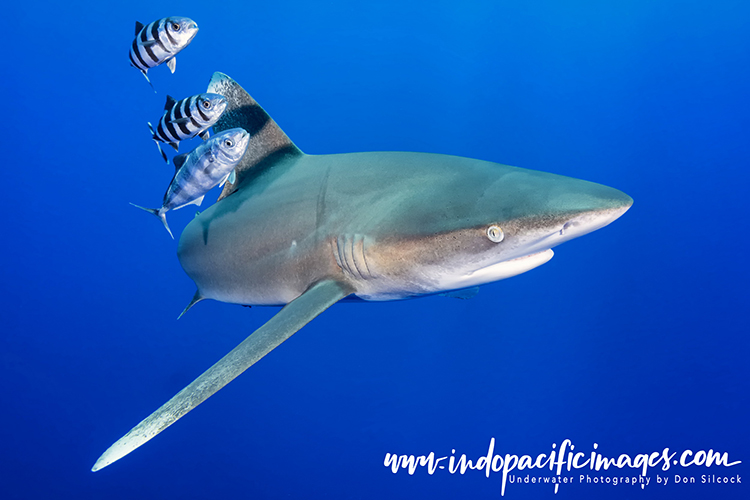
In that mixed layer are the tuna, barracuda, swordfish and white marlin that are the Oceanic’s principle source of food. But it is also where the long-lining fishing boats concentrate much of the effort.
As they are such opportunistic feeders, Oceanics are drawn on to the line of death in astonishing numbers. With very clear indications that it has caused population declines of at least 70–80% in all three ocean basins.
While Oceanic Whitetips are not specifically targeted by the long-liners. They do provide a lucrative sideline, because their large and distinct fins are highly prized in the international fin trade.
Cat Island Revival
Oceanic Whitetips were once a common sight in the deep offshore waters around the Bahamas. But from around the early 1980’s they became increasingly rare. And it was generally assumed they had been cleared out by long-lining.
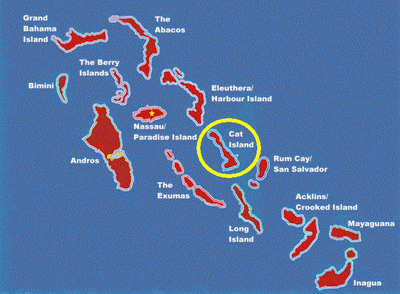 Then, around 2005 the Cat Island fishing community started to complain about sharks stealing their catches. A behavior that Oceanics are renowned for…
Then, around 2005 the Cat Island fishing community started to complain about sharks stealing their catches. A behavior that Oceanics are renowned for…
Over the next couple of years it became clear that a partial revival of the Oceanic Whitetip population was happening!
The catalyst for which appears to be the Bahamian government’s decision to ban long-lining completely in the early 1990’s.
Cat Island has now become the #1 place for in-water encounters with Ocean Whitetip sharks – albeit for a limited period each year!
Nature has an amazing capacity to restore itself when we humans get out of the way…
X-Ray Magazine Article
X-Ray dive magazine recently published an extensive 11-page Oceanic Whitetip Sharks of Cat Island article of mine. The article is based on my trip to Cat Island to dive with and photograph the Oceanics. Plus my general experience of shark diving in the Bahamas and my exposure to the conservation efforts of the government.
The revival of the Ocean Whitetips of Cat Island is an amazing story and I hope you enjoy my article.
You can use this link to download the Oceanic Whitetip Sharks of Cat Island article.

Back To: Exceptional Experiences in the Americas…

